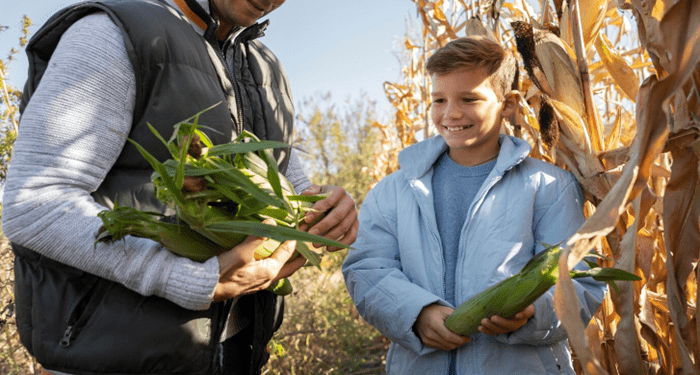Agriculture is arguably one of the most important industries as its job is to feed the world. There are many challenges the agriculture industry faces. One of those challenges is climate change. Climate change is defined as shifts in temperature and weather patterns due to natural causes, sun activity, large volcanic eruptions and various human activities. Agriculture experts recognize the need to combat climate change with resilient farming strategies that lessen negative impact on the environment. Innovation within the industry has moved from a want to a need, in order to produce enough food for the growing population worldwide. While increasing production is the goal, it must be done in a way that is sustainable to combat the effects of climate change and increase the resilience of crop production despite uncertain climate changes. Let’s explore some of the strategies and technologies utilized for resilient farming.
Water Management
Water use is necessary to produce food, but there are ways to manage water more efficiently. Reports show that drought is causing many parts of the world’s agricultural lands to suffer from low soil moisture and low groundwater levels, which negatively impacts production. Agriculture experts are instrumental in the development of technologies and strategies to combat droughts through efficient water management. These strategies are crucial to combating climate change and increasing yields. Addressing crucial water issues through various technologies such as smart irrigation, salinity reduction, superabsorbent seed coatings, soil health to improve water availability, drought resistant crops, and more are increasing in popularity and necessity.
Regenerative Agriculture
Regenerative agriculture centers around the health of the world’s soils. The Food and Agriculture Organization reports that 95 percent of food we eat comes directly or indirectly from soil, which emphasizes the need to improve soil health. Adaptive grazing, no-till planting, cover crops and limited pesticide use are all examples of regenerative agriculture practices. Adaptive grazing prevents overgrazing in order to maintain soil health and no-till planting improves soil structure through less disruption, which reduces erosion. Cover crops protect the soil from erosion and assist in carbon sequestering, which allows carbon to build up in the soil to provide nutrients to the crops. Regenerative agriculture practices can decrease the use of fertilizers and increase the overall health of the soil.
Utilizing Biologicals
The application of biologicals is important to include when discussing soil health, improving yields and combating climate change. Biologicals work to protect crops, but they are formulated with living organisms rather than synthetic ingredients, which provides numerous benefits to the crops and the environment. Agriculture experts state that biological products can stimulate, enhance and feed the microbiome as well as leverage the microbiome to provide supplemental nitrogen and improve phosphate availability. Climate shifts and stressors on crops are present, but the use of biologicals will aid farmers in making their crops resistant to these changes.
Final Thoughts
Combating climate change and implementing resilient farming strategies is necessary to produce enough food for the growing population and to continue to be good stewards of the earth’s natural resources. Agriculture experts work to develop and implement technologies that will resist climate change and produce more resilient farms. While there are many strategies and technologies with sustainability in mind, efficient water management, regenerative agriculture practices and the use of biologicals are vital to resilient farming.









